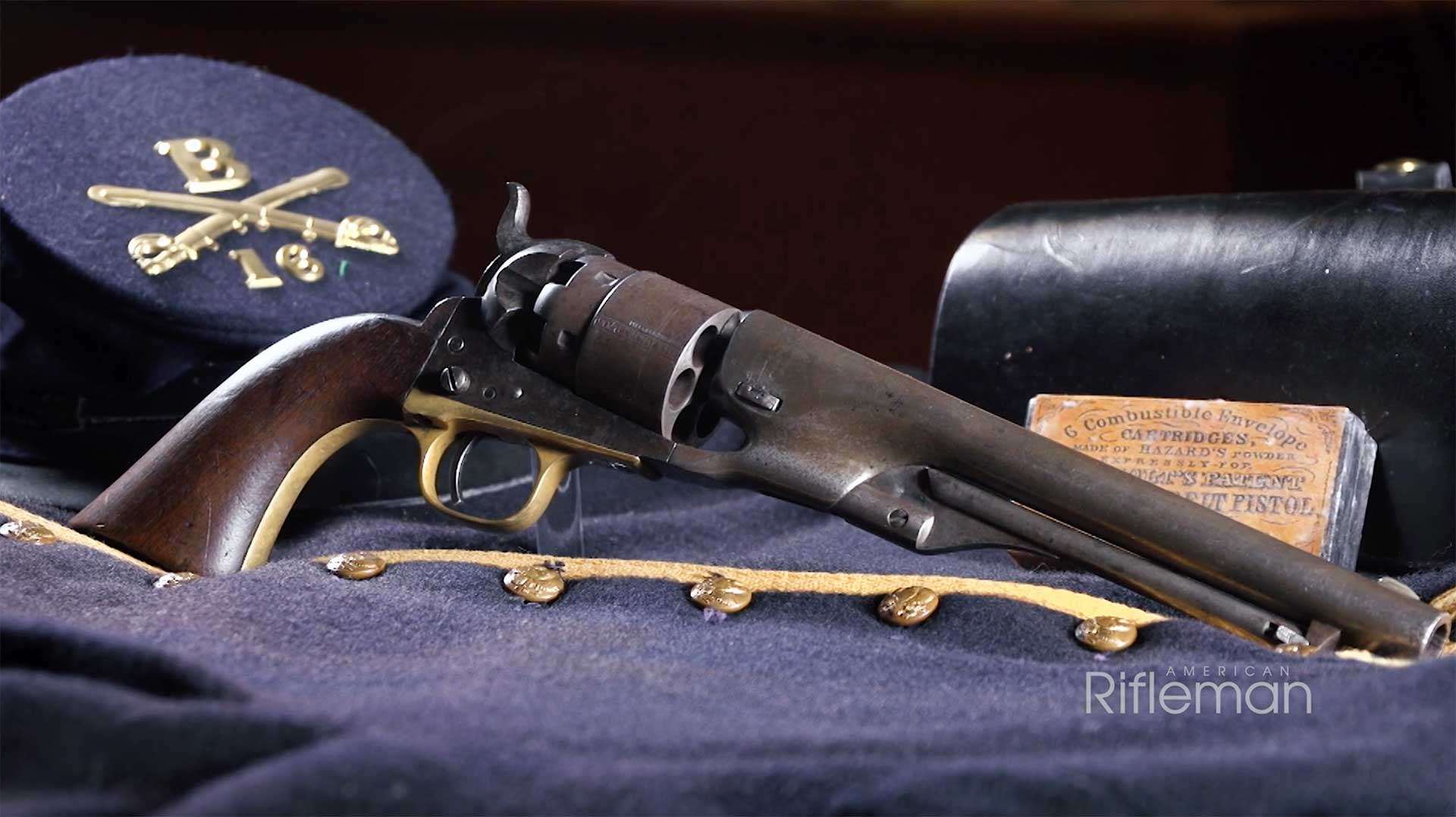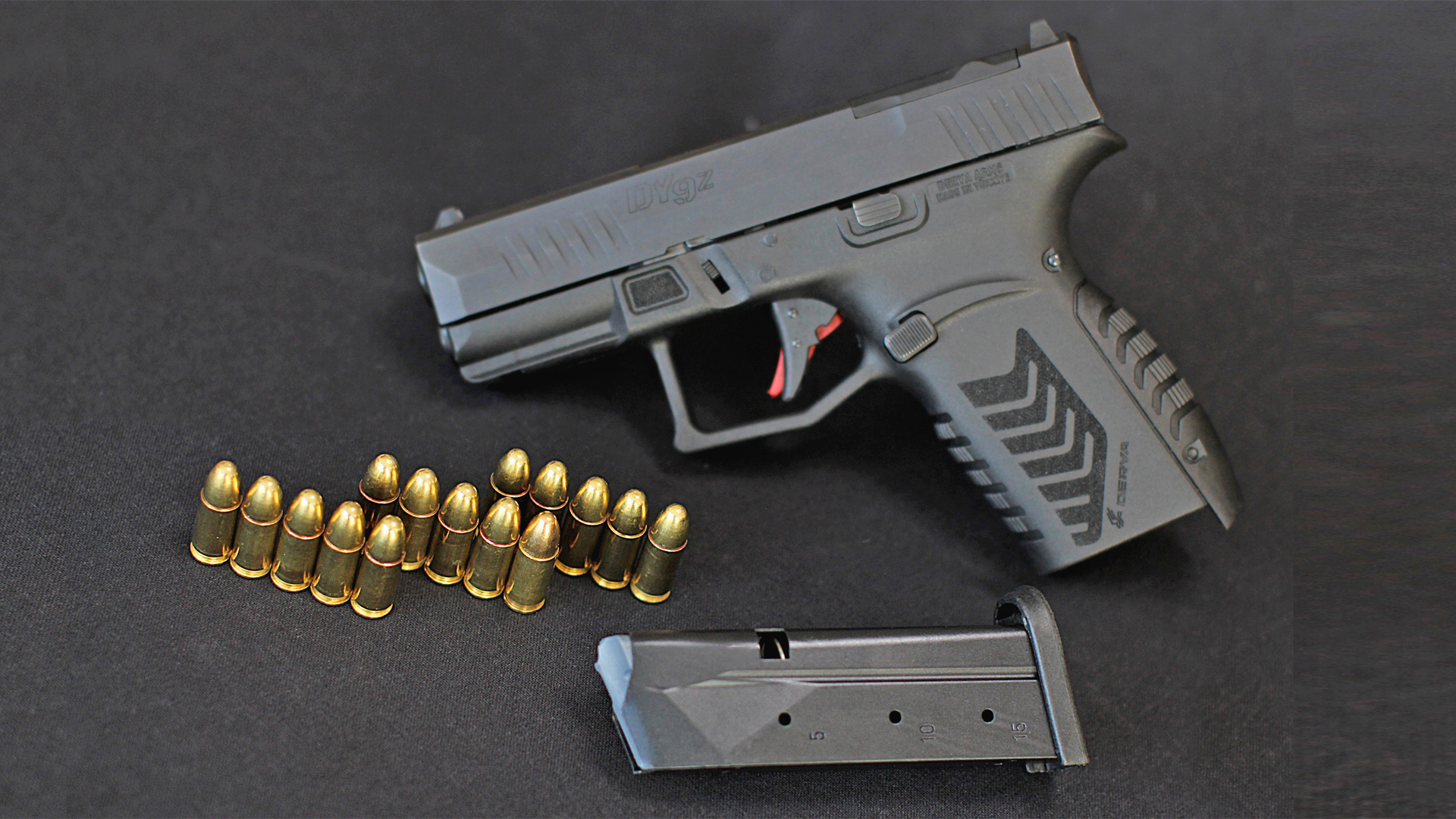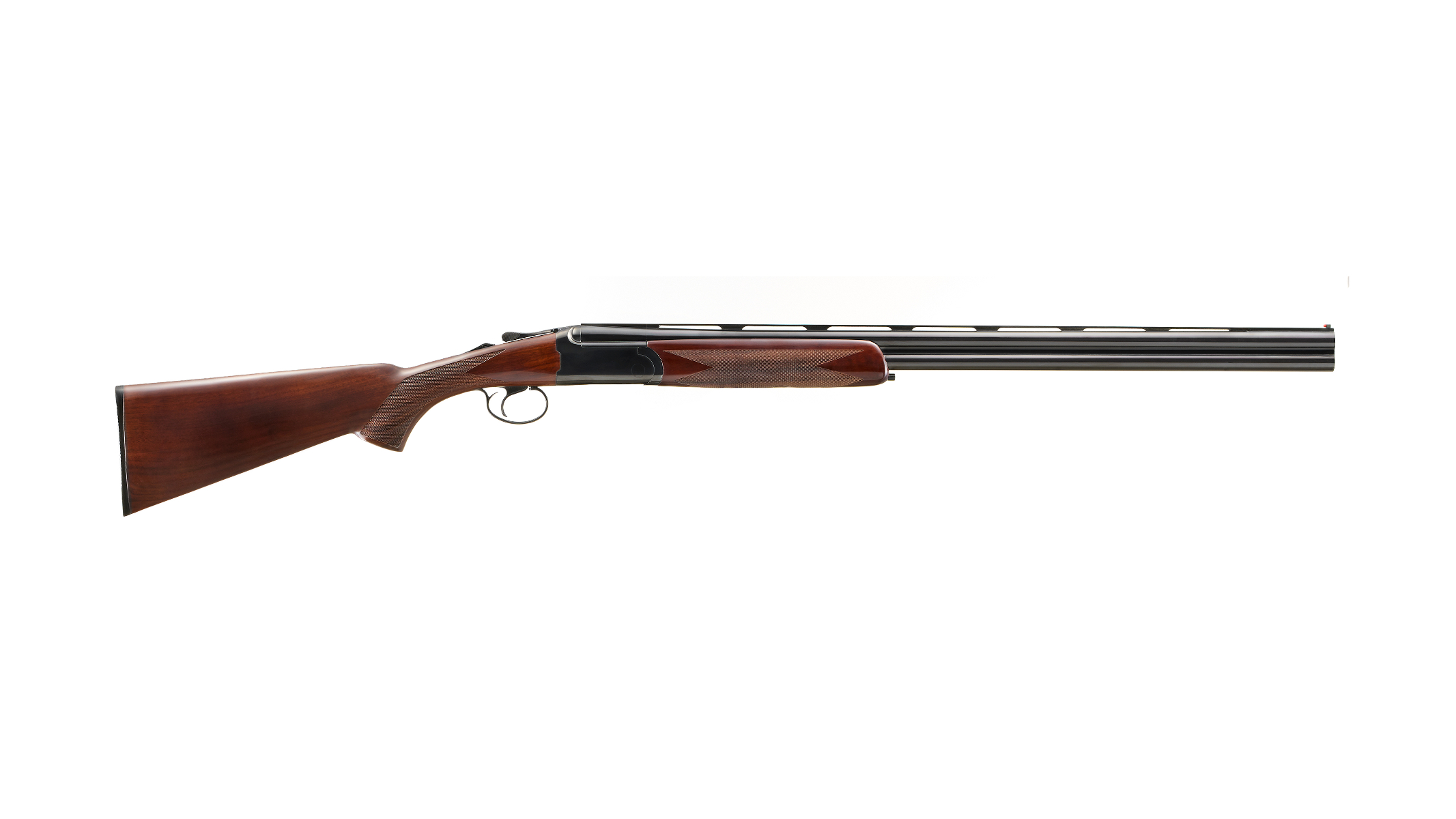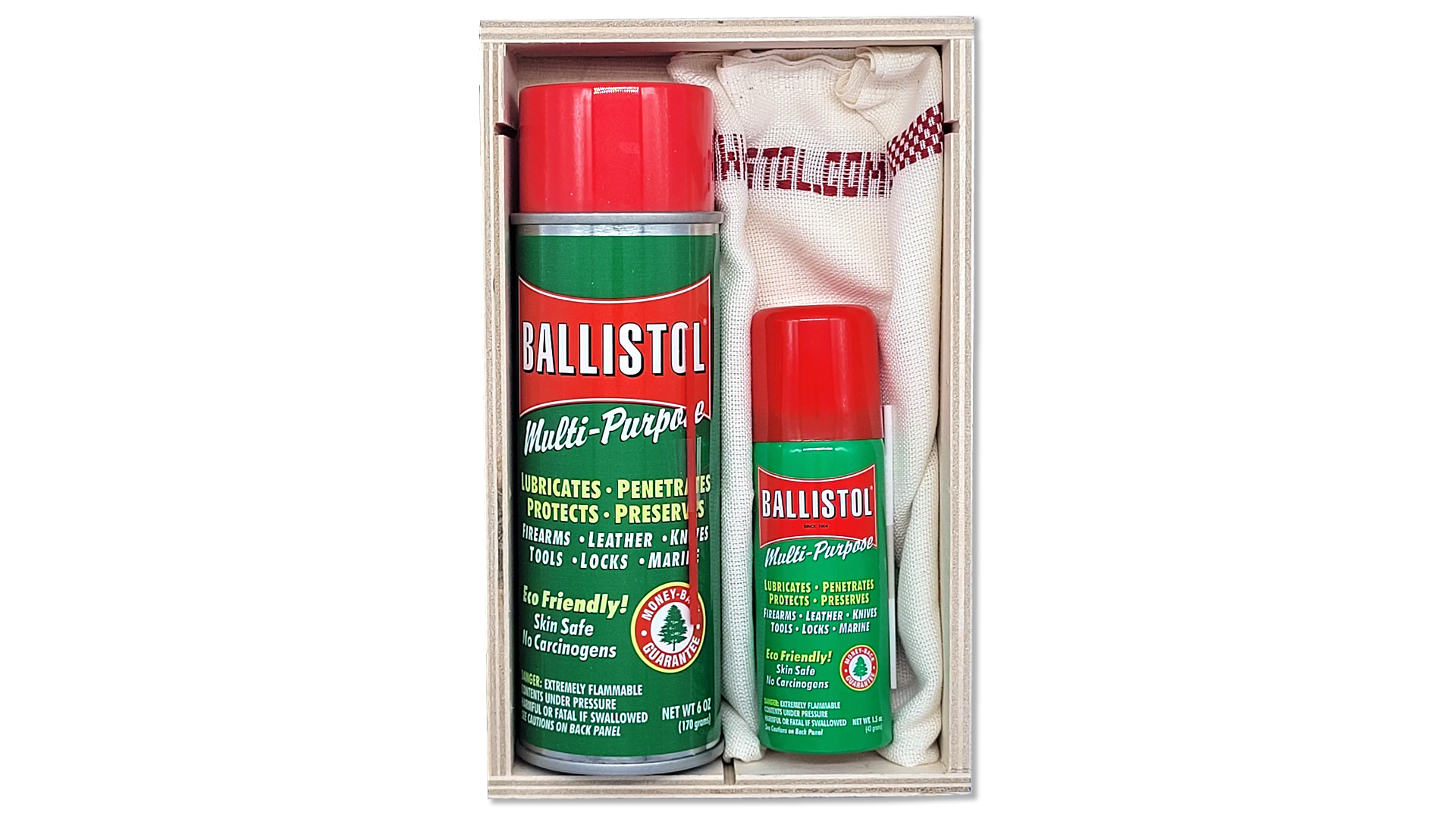In the Middle East, a distinctive style of longrifle emerged that is known today as the jezail, a native name that described the arm's extraordinarily long barrel. Watch the "American Rifleman Television" I Have This Old Gun segment above to learn the history of this unique arm and see one in action on the range.
"One of the most unique styles of firearms, I think, ever made is the Afghan jezail," American Rifleman Executive Editor Evan Brune said. "And in one sense, a defining feature of these guns was, really, that there are very few defining features. These guns are handmade. They're very personalized. But there are some notable elements of them that call them out as being Afghan jezails."

Aside from the long barrel, one of the other defining features of the Afghan jezail is the curved buttstock. Several theories have outlined the reason for this stock design, but likely, the design is purely stylistic in nature and is comfortable to fire from the shoulder like traditional Western rifle stocks. Another generally consistent feature of the jezail is its use of a flintlock priming mechanism.
"In the Hindu Kush area, you know, Pakistan, India, Afghanistan, percussion caps weren't available for them to purchase readily, so flintlocks stayed in vogue well into the early 20th century in a lot of these tribal areas in the hinterlands, so to speak," NRA Museum Director Phil Schreier said. "And the jezail is a gun that whoever owned it was very proud to have and decorated it profusely. You hardly find any of them that aren't overly decorated with some kind of inlay embellishment. And the guns are pretty accurate, considering the fact that they're mostly handmade."

Many of the flintlock mechanisms used in the construction of Afghan jezails were taken off British Brown Bess muskets or, more often, taken from issued muskets used by troops of the East India Company on the Northwest Frontier. Despite their using borrowed components, though, jezails were remarkably capable firearms in their own right.
"A lot of these guns were rifled. They had greater range and greater power," American Rifleman Field Editor Garry James said. "And the British were shooting using Brown Bess muskets. A good example being, you know, the British retreat from Kabul during the First Afghan War, in which The whole British army of about 17,000 men and camp followers was wiped out by sniping and firing by these warriors, these formidable warriors."
Even as firearm technology advanced in other parts of the world, Afghan tribesmen continued to use jezails well into the 19th and 20th century.

"The interesting thing about jezails is that they just kind of keep on going and going and going," James said. "They're even being used against the Russians during the latter part of the 20th century," James said. "It's my supposition that, probably, jezails are being used somewhere in that area as we speak."
Today, jezails form one part of a thriving trade in antiques coming out of the Middle East, but the demand for antique firearms has also driven up the production of fakes for the tourist trade.
"Oftentimes, because of the handmade nature of the jezail, it's very hard to tell whether or not you're dealing with an authentic jezail that was used against the British during the 18th or 19th century or whether you're dealing with a fake that was churned out last week," Brune said. "So you have to be very discerning if you are in the market for one to be sure that it is exactly what you're looking for."
To watch complete segments of past episodes of American Rifleman TV, go to americanrifleman.org/artv. For all-new episodes of ARTV, tune in Wednesday nights to Outdoor Channel 8:30 p.m. and 11:30 p.m. EST.
























